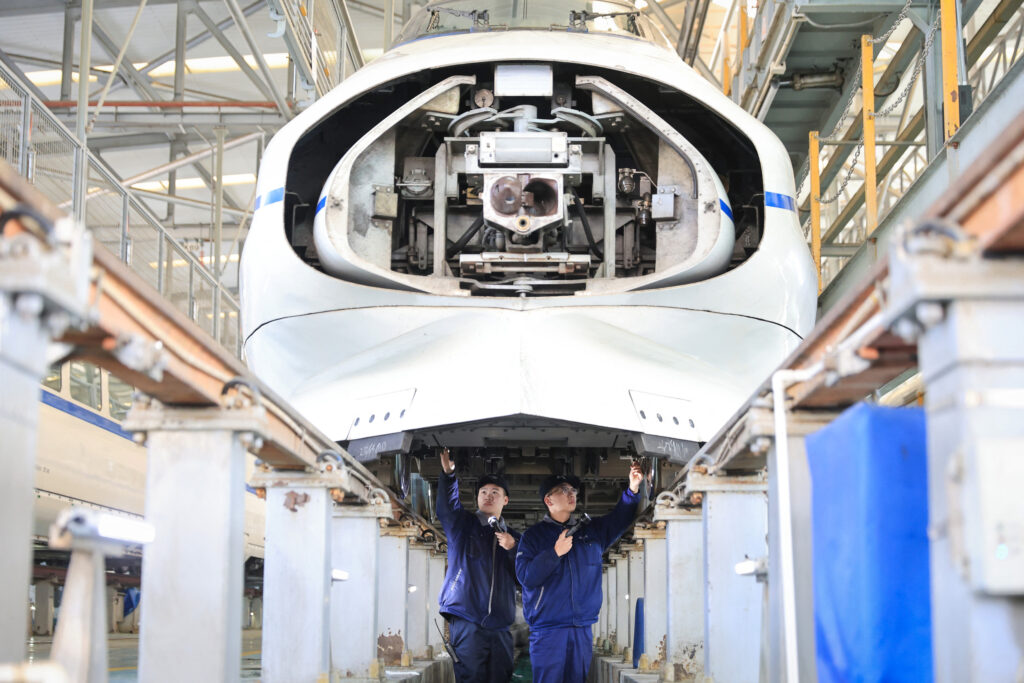
China has made significant strides in transportation technology with its latest successful test of a magnetic levitation (Maglev) train. Conducted at the Donghu Laboratory in Hubei Province, the train achieved an astonishing speed of 404 mph in less than seven seconds over a distance of 1,968 feet. This achievement positions the Maglev technology as a potential competitor to commercial air travel, as it surpasses the cruising speeds of many passenger aircraft.
The recent trial follows a previous test conducted last year, which saw the same technology reach speeds exceeding 620 mph. This remarkable capability indicates that the development of Maglev technology is not only successful but also reproducible. As a result, it is anticipated that this technology could soon be integrated into China’s expansive rail network.
Transforming Travel Across China
Current commercial passenger aircraft typically operate at speeds ranging from 547 to 575 mph. If implemented, China’s Maglev trains could redefine travel times between major cities, providing an efficient alternative to air travel. For instance, plans are in place to connect cities like Beijing and Shanghai, potentially reducing travel durations to 90 minutes or less.
The June test at Donghu Laboratory utilized advanced self-developed electromagnetic propulsion and suspension systems that allow the train to levitate above the track, significantly reducing friction. According to Li Weichao, the lab’s technology director, the system achieved a measurement and positioning accuracy of just 4 millimeters. This precision is essential for maintaining safety at such high speeds.
The Maglev technology operates on the principle of opposing magnetic fields, which elevate the train off its track. This design minimizes friction, enabling smoother, quieter, and faster travel. To address the challenges posed by air resistance at high speeds, engineers have incorporated low-vacuum tubes into the system, facilitating even greater acceleration. New artificial intelligence (AI)-guided suspension systems and precise electromagnetic controls enhance both speed and passenger comfort.
Global Context and Future Prospects
Currently, only a few countries, including China, Japan, and South Korea, have operational commercial Maglev systems. Notably, Beijing runs the world’s longest commercial Maglev line connecting Shanghai to Pudong International Airport at speeds reaching up to 267 mph. The successful testing of this ultra-high-speed Maglev technology could position China as a leader in high-speed rail, potentially influencing global transportation trends.
Li Weichao highlighted the significance of the latest speed achievement, stating, “This is the fastest speed in the world. Its typical operating speed is 800 km/h. The entire construction is expected to be completed by the end of this year, and the platform will meet the conditions for acceptance.” Engineers at Donghu Laboratory aim to finalize the construction of their high-speed track by the end of 2025, paving the way for a new era in transportation.
As the world continues to seek faster and more efficient travel solutions, China’s advancements in Maglev technology could provide a glimpse into the future of rail transport, offering a viable alternative to traditional air travel.





